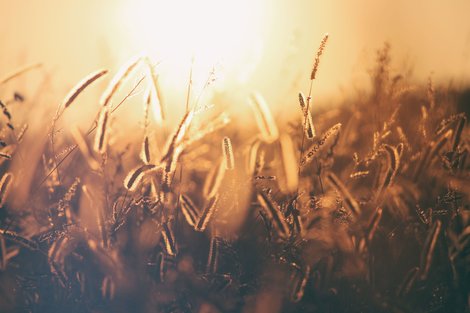Better fertilizer provision across the world has enabled farmers to boost yields and save millions of people from starvation. Despite their contribution to the agricultural boom known as the “Green Revolution”, fertilizers are increasingly under the spotlight of environmentalists and policy-makers.
Steady increases in the use of fertilizers over the last 50 years have translated into a strong rise in atmospheric levels of nitrous oxide (N2O), one of the main greenhouse gases (GHG) contributing to global warming. In the EU, N2O emissions from fertilized land accounted for around 4% of the EU’s GHG emissions in carbon equivalent in 2014. N2O emissions are not limited to synthetic or mineral-based nitrogen fertilizers: they also arise from organic ones. As a rule of thumb, the higher the amount of fertilizer applied, the higher the contribution of N2O to global warming. In addition, nitrogen-based fertilizers pose a growing threat for Europe’s waterways: when applied in amounts that the crop cannot absorb, nutrients from fertilizers leach in surface and ground waters before running off into rivers, lakes and seas. This, in turn, leads to eutrophication: the development of swathes of algae that consume oxygen at the expense of fish.

Nonetheless, rising demand for food coupled with lower land availability make fertilizers more needed than ever. So how can we square the circle of bringing overall fertilizer use into check while boosting soils’ productivity? The answer lies in three words: more with less.
Reconciling sustainability and productivity with precision fertilization
The smart farming revolution has made sensors more affordable. These can spot nutrient levels not only in crops, as satellite images do, but also in soils. This information can be used to define management zones for variable rate (VRT) fertilizer application. But sensors and data do not have any value on their own: they need to be transferred, aggregated and processed before they can be turned into prescriptive maps for farmers. This is where the Internet of Things (IoTs) comes into play. The concept designates a large-scale, synergizing software architecture that operates and handles communications from multiple devices. The underlying algorithms, data-exchange protocols and cloud-based software applications enable farmers to make the most of data spanning soil moisture, soil organic matter or soil temperature. But the technology and the attached business-models still need refining: this is why EU-funded research endeavors like the arable trial of the IoF2020 project play a central role in this context.
Click here to learn more on the contribution of the IoF2020 arable use-cases on the development of IoT-enabled precision fertilization.